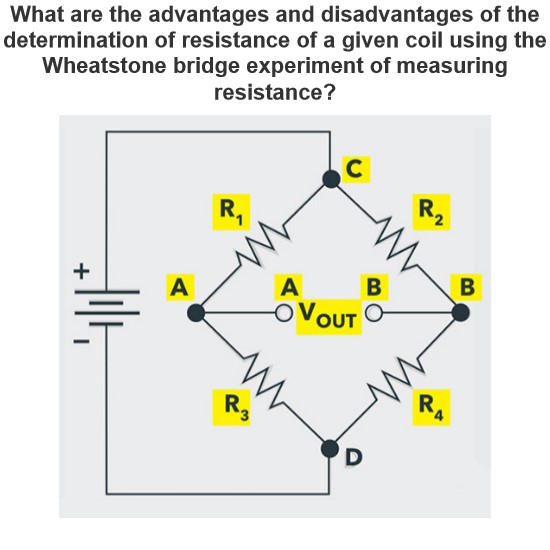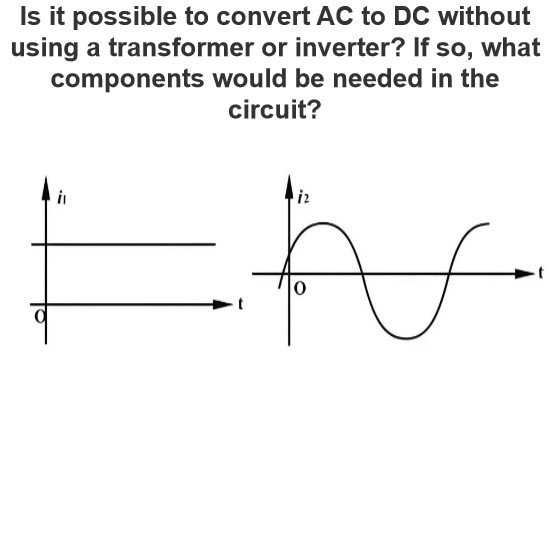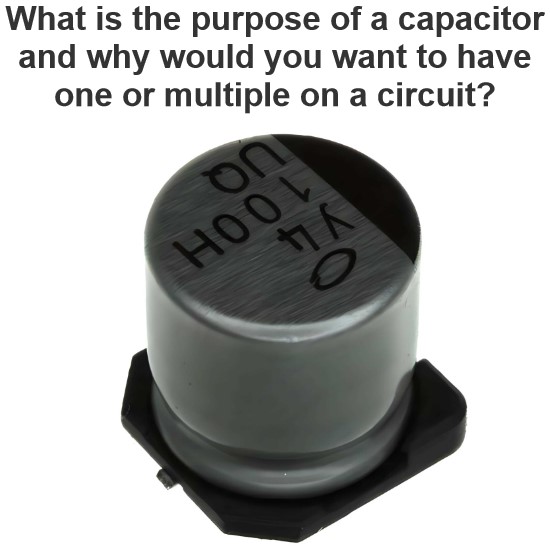What is the process for connecting an AC capacitor?
The specific process of connecting AC capacitors can be changed according to different application scenarios, for example, in AC filter circuits, the connection process is as follows:
Basic structure: The AC filter capacitor wiring diagram consists of a capacitor and other circuit elements. The two ends of the capacitor are connected to the positive and negative ends of the AC power supply, while the other circuit elements are connected to the two ends of the capacitor.
Working principle: When the AC power supply is switched on, the capacitor will charge and discharge the current. In the positive half of the power supply, the capacitor charges and absorbs the electrical energy from the power supply. At the negative half of the power supply, the capacitor discharges, releasing stored energy into the circuit. This process of charge and discharge can effectively smooth the current in the AC circuit and reduce the current fluctuation and noise.
In addition, in the installation of specific equipment such as ballasts, the connection of AC capacitors also has specific requirements:
Confirm before installation: Before the installation is completed and the power is switched on, please confirm that the wiring is correct again, and check that the power supply voltage and frequency of the used line are correct; Ensure that the models of fuses, capacitors (including bleed resistors) and metal halide lamps used are correct and the parameters are in accordance with the regulations.
Choose the right capacitor: Ensure that high-quality explosion-proof metallized polypropylene dielectric AC capacitors (such as OSRAM JLC series series gold halide lamp matching capacitors) are selected, and the ambient temperature is -40 to 100°C.
Installation location: The capacitor should be installed as far away from the ballast as possible (at least 10cm apart is recommended), and ensure that the ambient temperature of the capacitor does not exceed its indicated allowable temperature. It is recommended to replace the capacitor together with the light bulb.
Safety measures: Install in a place that meets safety standards, has good heat dissipation, ventilation and weatherproof, and uses electrical boxes; All leads shall not be close to the ballast. If limited by the lamp, the leads shall be isolated from the ballast by the glass fiber self-extinguishing tube with voltage (≥2000V) and high temperature (≥200°C). All terminal leads, grounding of the lamp shell, waterproof sealing ring, etc. must be firmly installed, and there must be no loosening.
The Electricity Encyclopedia is dedicated to accelerating the dissemination and application of electricity knowledge and adding impetus to the development and innovation of the electricity industry.




